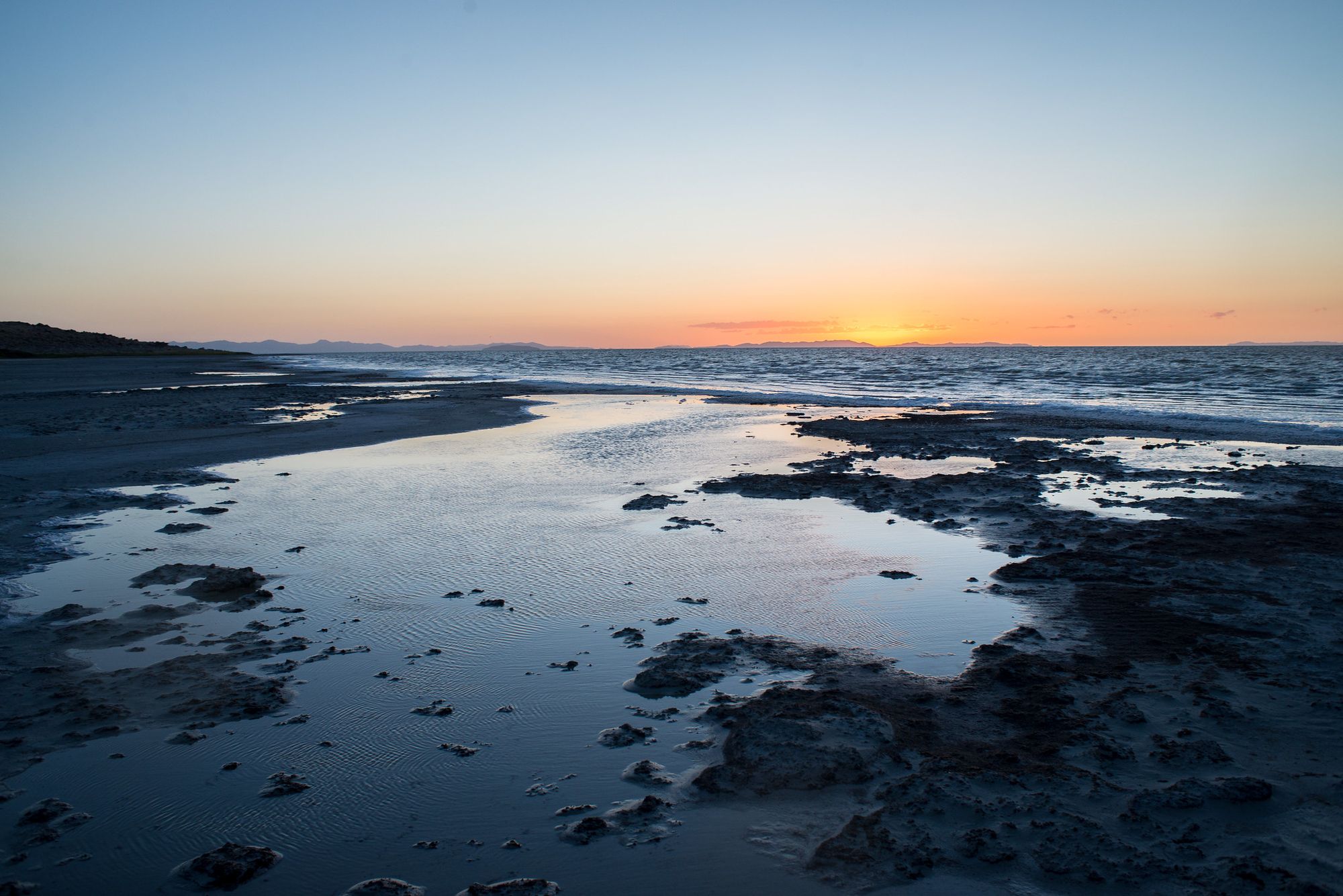How We Plan Our Adventures

Val and I have recently been planning a big 2-week road trip so we thought it would be a good time to discuss our approach for adventure planning. We hope sharing our wisdom inspires you to start planning your next adventure.
Road trips have been a classic form of adventure for us over the years. We’ve taken many long road trips including “California Dreaming”, “Whale Ahoy!”, “PNW15”, “Before They Melt”, and most recently “Give It The Beans” with two families. For us, a road trip is a big adventure with lots of tiny adventures contained within. Having an overall route enables us to visit diverse places and people with micro-adventures along the way. Road trips are an example of a longer-duration adventure. We think they’re a good place to start talking about adventure planning since given their duration and complexity they are a good type of trip to illustrate how we approach planning.
Our 5 Steps for Adventure Planning
Over the years, Val and I have identified a few different Steps that help us to have awesome adventures. For a day trip, a step might take 1 minute. For a 2-week road trip, a step might take a few days or even a few weeks. In any case, we find that having a clear mental model of these steps helps us to do the things we need to do to have awesome adventures. Over time, this type of thinking and process becomes a habit that happens almost intuitively. It also provides a shared language for planning with other people. We also use these steps to structure our Adventure Cards, creating sections for each of the following steps and types of information.
#1 Why
What’s your overall Why for the trip? Why is your vision for the trip or a shared vision if you’re adventuring with other people? It’s is the north star the guides your planning before an adventure and your real-time decisions while on an adventure. Is it about hiking, is it about relaxing, is it about bumping into new people and new cultures? In our opinion, this is of the most important steps for having an enjoyable and fulfilling adventure. Your why is the filter that helps you make decisions before and during an adventure.
#2 Options
Options are both things and a process of deciding which options to pick to support your Why. Options are things you could do on an adventure - a trail to hike, a restaurant to eat at, a person to visit. They’re the things you find reading blogs, browsing books, talking with friends. We organize our options in our Adventure Notebook. Some options are just a bookmark to revisit later and some are ready options. Once you have options, you need to organize them so they’re planned for your adventure or ready on the go. We create Adventure Cards to help avoid making commitments in advance, getting out on adventures quickly without a lot of last-minute preparation.

#3 Scaffolding
We believe part of enjoyable adventures is making decisions in real-time without too many expectations or commitments. But sometimes we need to make plans and commitments in advance - a reservation at a popular campground, a plan to meet a fishing guide, etc. Scaffolding is about planning the things that need to be committed to in advance so that you’re ready to enjoy your adventure in the moment. Scaffolding is different for each adventure but might include making reservations, getting new equipment, renting equipment, shipping equipment, arranging a guide, preparing maps, preparing food, learning new skills, etc. We use our Adventure Notebook to stay organized and keep details easily accessible on the go. We also try to leave space for the unplanned using the idea of Boulders and Pebbles.
#4 Adventuring
It’s adventure time! Time to get out there and live it! We use our Adventure Notebook on the go to make a plan along the way and stay organized. It’s important to keep information easy to find and available offline. This is especially true for emergency information such as first aid, manuals, directions, maps, etc. But mostly we’re focused on being present in an adventure, taking advantage of the unexpected - both when things go wrong and when unplanned serendipitous opportunities arise along the way.

#5 Adapting
Adapting is about learning along the way - before, during, and after your adventure - to help make the current and future adventures enjoyable. This is both a mindset and practice about balancing the present with the future. During our adventures, we keep an Adventure Log as part of our Adventure Notebook with ideas and opportunities, supplies that need refilling, and inevitably things that need fixing. We also frequently capture new options we learn about from fellow adventurers and we see along the way.
